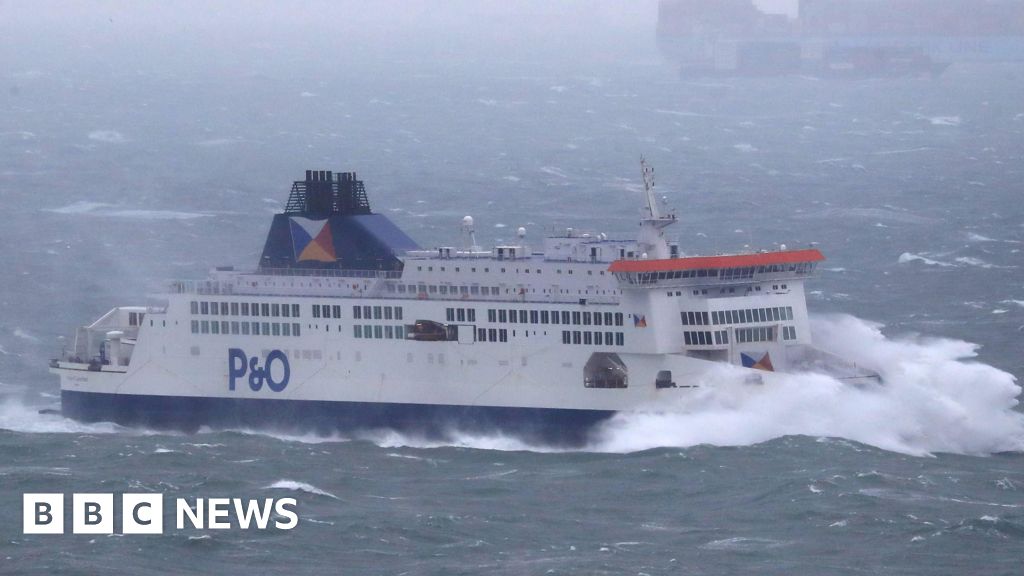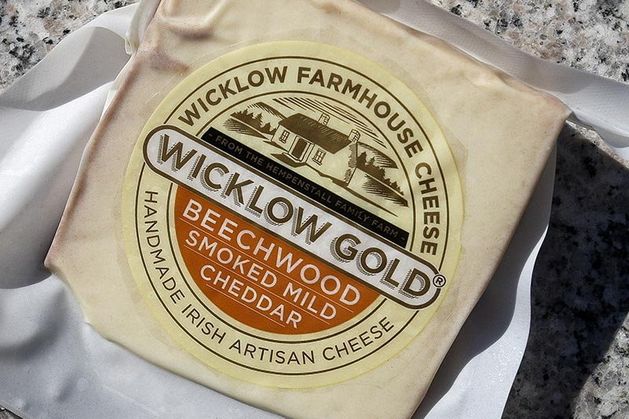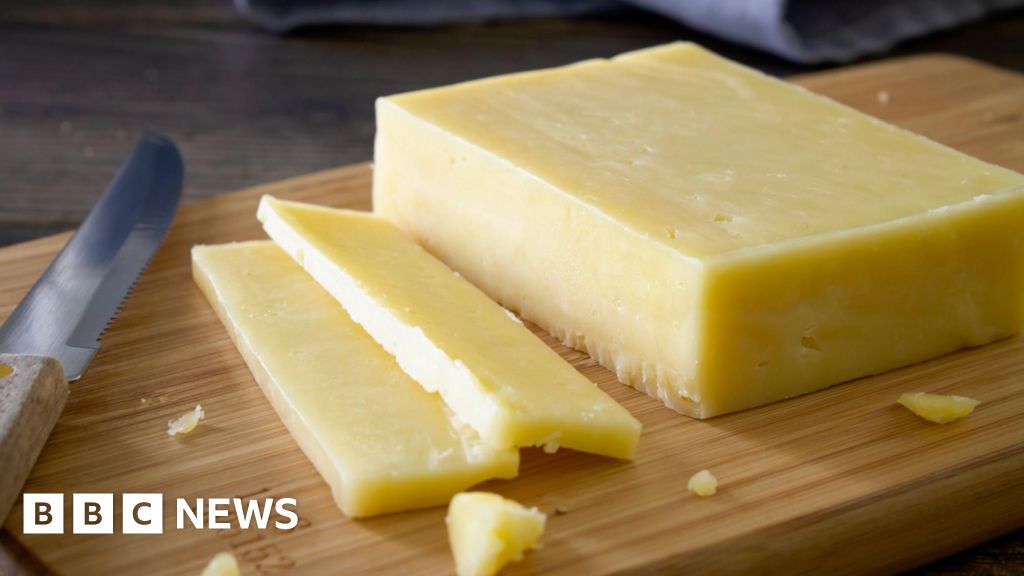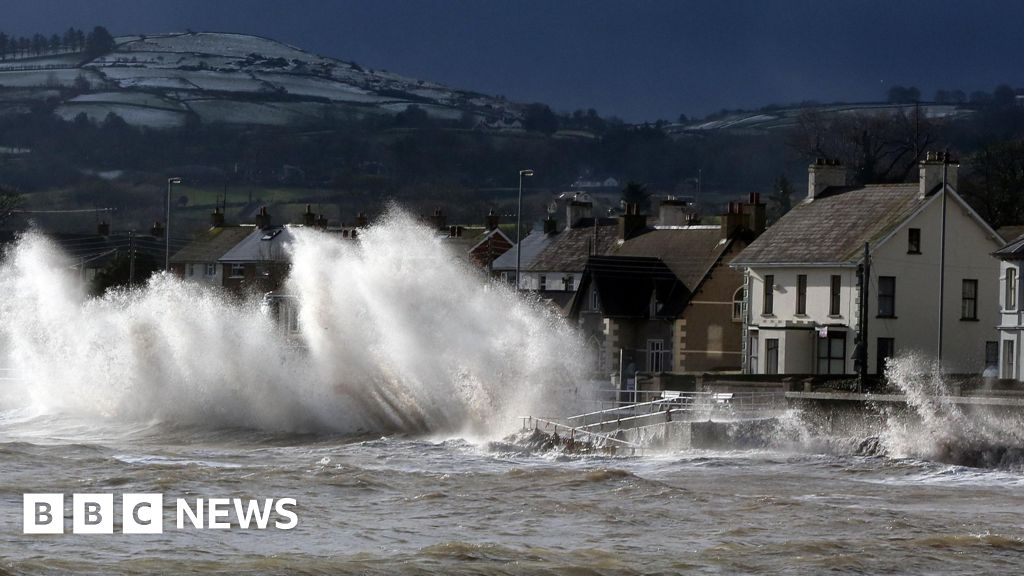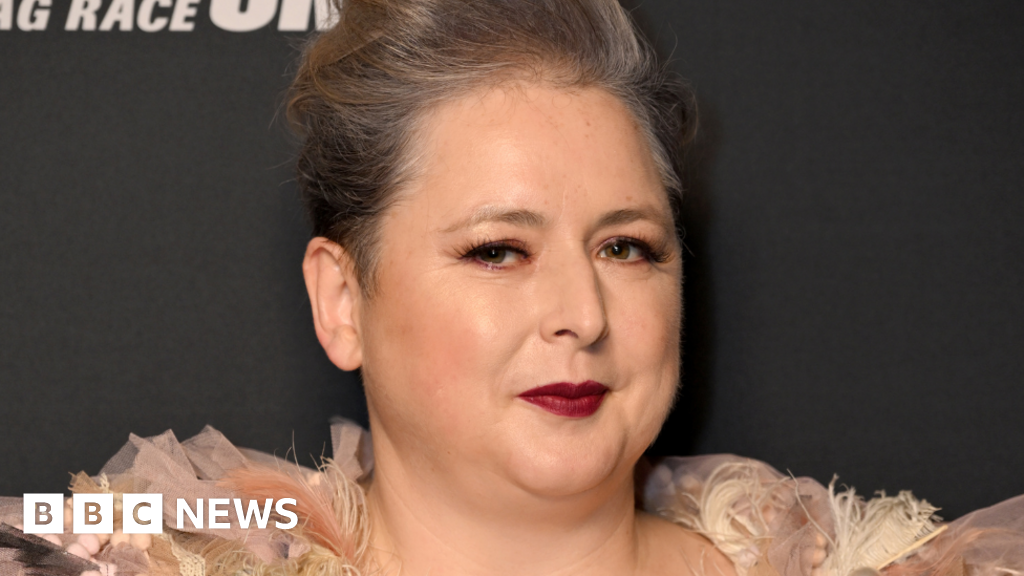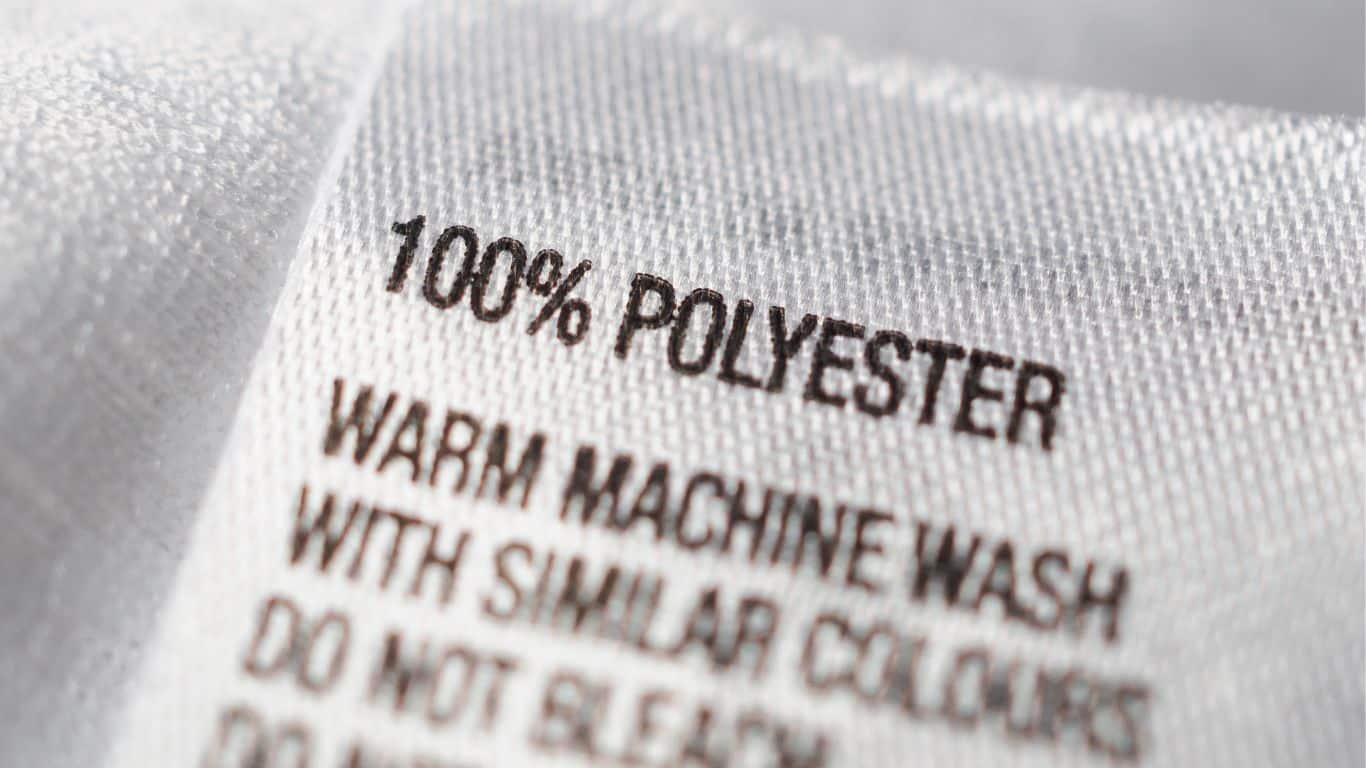Shopping
All-Ireland proves a Sam dunk for store spend during July
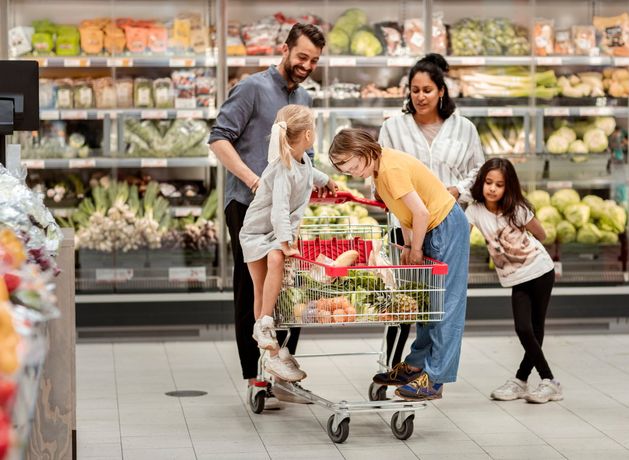
Showcase sporting events and better July weather boost till take at Northern Ireland supermarkets
Results for the month were also boosted by the belated arrival of some sunny weather, with the level of spending on water and ice cream up sharply, market research company Kantar revealed.
Last month saw some rare sporting highlights, as the opening of the summer Olympics were played out in front of full crowds for the first time since 2016, and Armagh took the Sam Maguire Cup home after a 22-year wait.
Athletes in Paris may have been on strict diets, but viewers enjoying Les Jeux Olympiques here took a more relaxed approach to consumption.
The survey found people in NI spent an additional £7.4m on beer and lager, while also parting with an extra £3.4m for crisps in July when compared to the previous year.
July also saw the Northern Irish summer finally come to life with some warm and dry days.
People here needed no second invitation to make the most of the sunshine and duly parted with an additional £2.9m on supermarket ice cream. Conscious of the need to stay hydrated in the heat they also spent £3.5m extra on mineral water.
Overall spending in supermarkets for the year-to-date has seen an increase in the amount going through the tills.
Shoppers have spent £4.25bn for the year up to the end of July, which is up 5.6% on the previous year. This equated to an extra £223.6m of cash going into stores.
Kantar’s survey also found that customers are visiting supermarkets at a higher frequency, while there has also been a small rise in volume per trip. Considered together, these factors contributed to a £20.9m overall spending lift.
Growth in spending at supermarkets was consistent across the different brands, however it also remained slightly below the overall rate of inflation.
Grocery inflation is currently sitting at a rate of 6.65%, which is marginally above the percentage growth in the value of sales at supermarkets, which was 5.6%.
August’s inflation figure is part of a gradual decrease in the rate of inflation, as it marks the 11th consecutive month of decline.
Prices are still increasing however, and at a rate that has challenged consumers’ budgets and the margins of many businesses.
The Bank of England has begun to gradually cut the base interest rate, as they feel inflation is at a manageable enough level to justify easing the supply of money.
However, the 0.25% cut to 5% still keeps the overall bank rate much higher than it was at pre-pandemic levels, as policymakers at the UK’s central bank remain concerned about the stubborn persistence of high inflation.
The ongoing cost-of-living crisis has seen shoppers drawn towards deals and promotions. In total 22% of overall sales were made through a promotional offer. That represented the highest level of spending on promotions since October 2022.
There has also been a rise in the popularity of own-label products at supermarkets. Spending on these lines of products has gone up 5.1% year-on-year, with £89.6m more spent than in 2023.
Emer Healy, business development director at Kantar, said that supermarkets “emphasise own-label lines and promotions to attract shoppers through the door.”
Branded products have stayed a cornerstone of the overall supermarket spend and grew slightly ahead of the market at 6.5%.
Emer Healy, Kantar
More than half of all spending is on branded products, with them accounting for 54.5% of the total value of goods which went through the tills.
As for the brands themselves, Tesco has kept its position at the top of the tree. The chain holds a 35.5% share of the market in NI, which is a 0.6% increase from the prior year.
Spending at Tesco has gone up slightly ahead of the market, with the extra £101.5m adding a revenue growth of 7.3%. Kantar also found that people were visiting its stores more often.
Sainsbury’s is the second most popular supermarket brand, and has a 16.9% of the market, which is a 0.4% increase on their share last year.
The chain had strong revenue growth of 7.7%, helped by a higher frequency of trips to their stores by customers. The company had an additional £101.4m in sales.
Asda are close behind in third place with a 16.35% slice of the supermarket pie. They too had growth above market averages, with a 7.5% rise in spending raising an additional £49.6m.
Lidl have a 9.2% share of the market, and have made an extra £3.9m this year. This is a 5.3% increase from last year.
Regional managing director of Lidl NI, Ivan Ryan, told Ulster Business he wants to achieve a 20% share of the market.
By the end of the decade, the company aims to have increased its stores here by from 41 to 50, as well as renovating a number a stores across the region.

